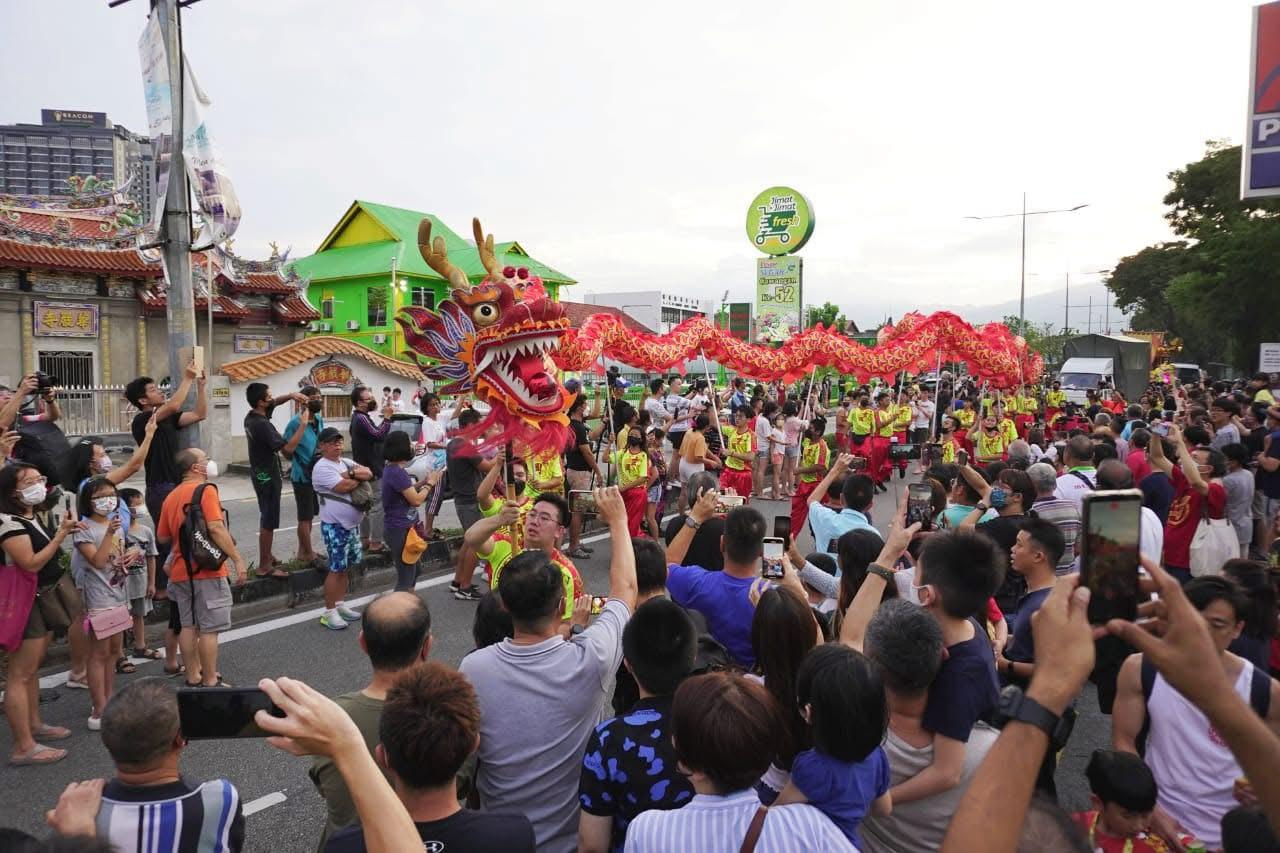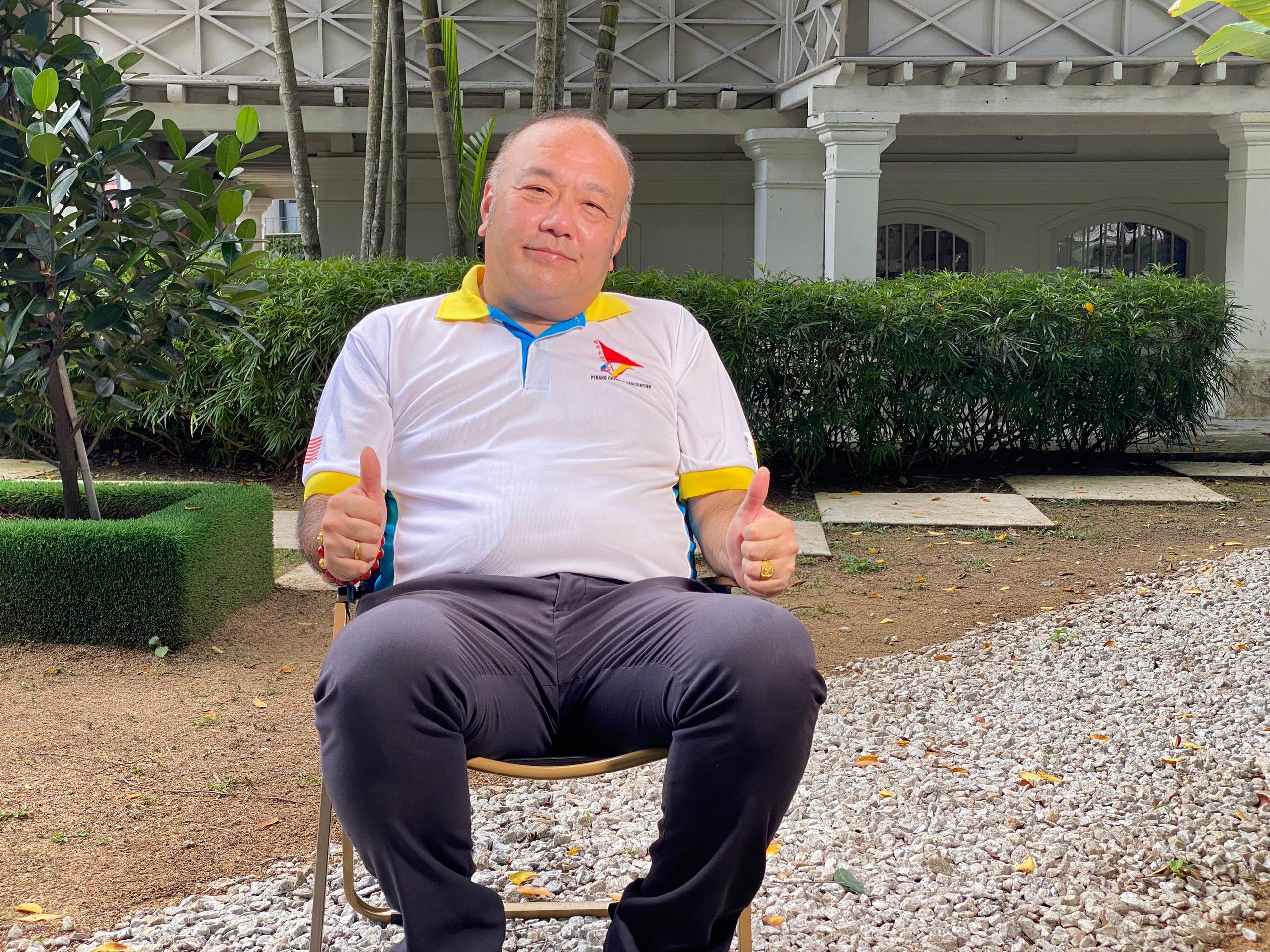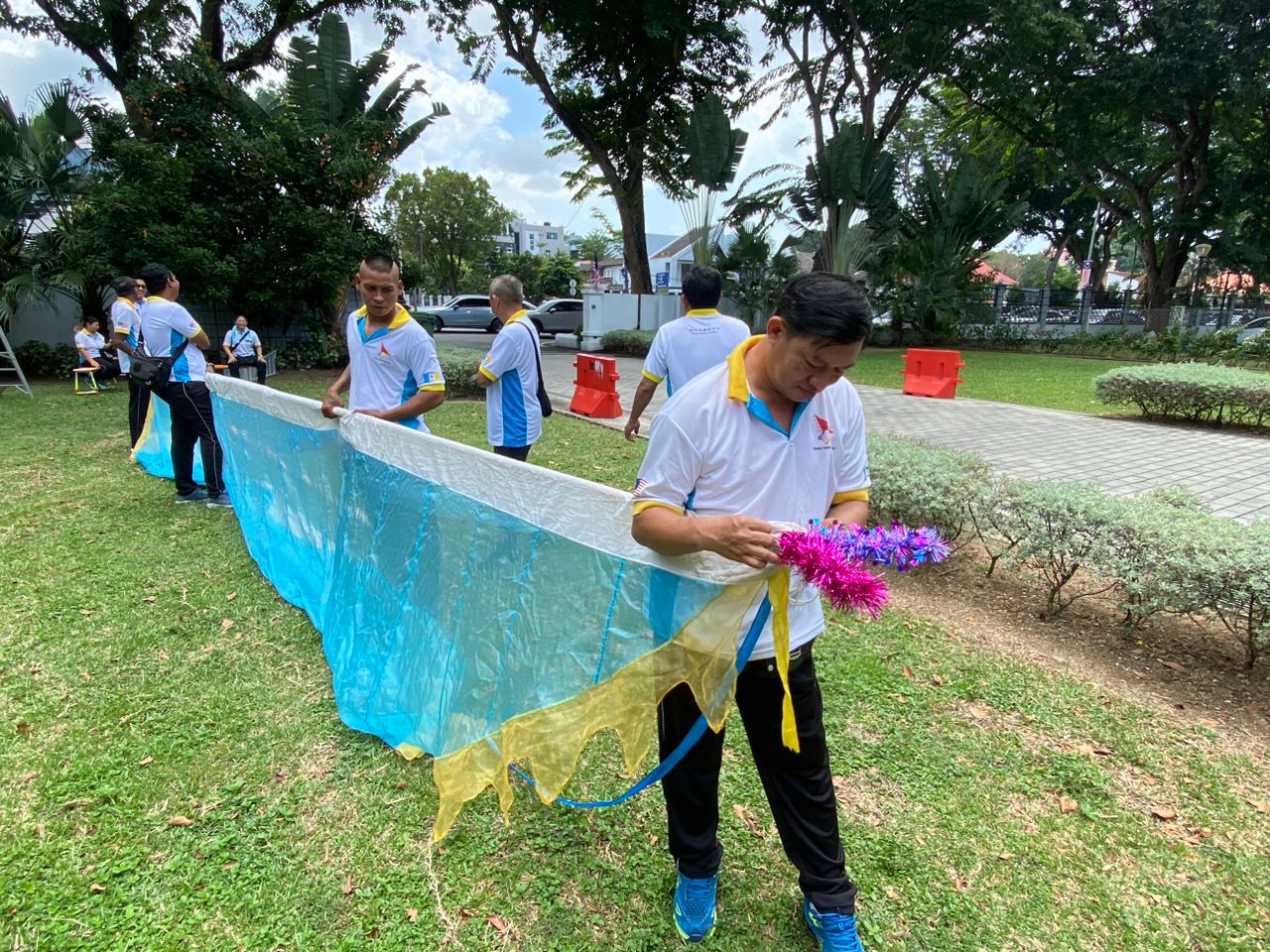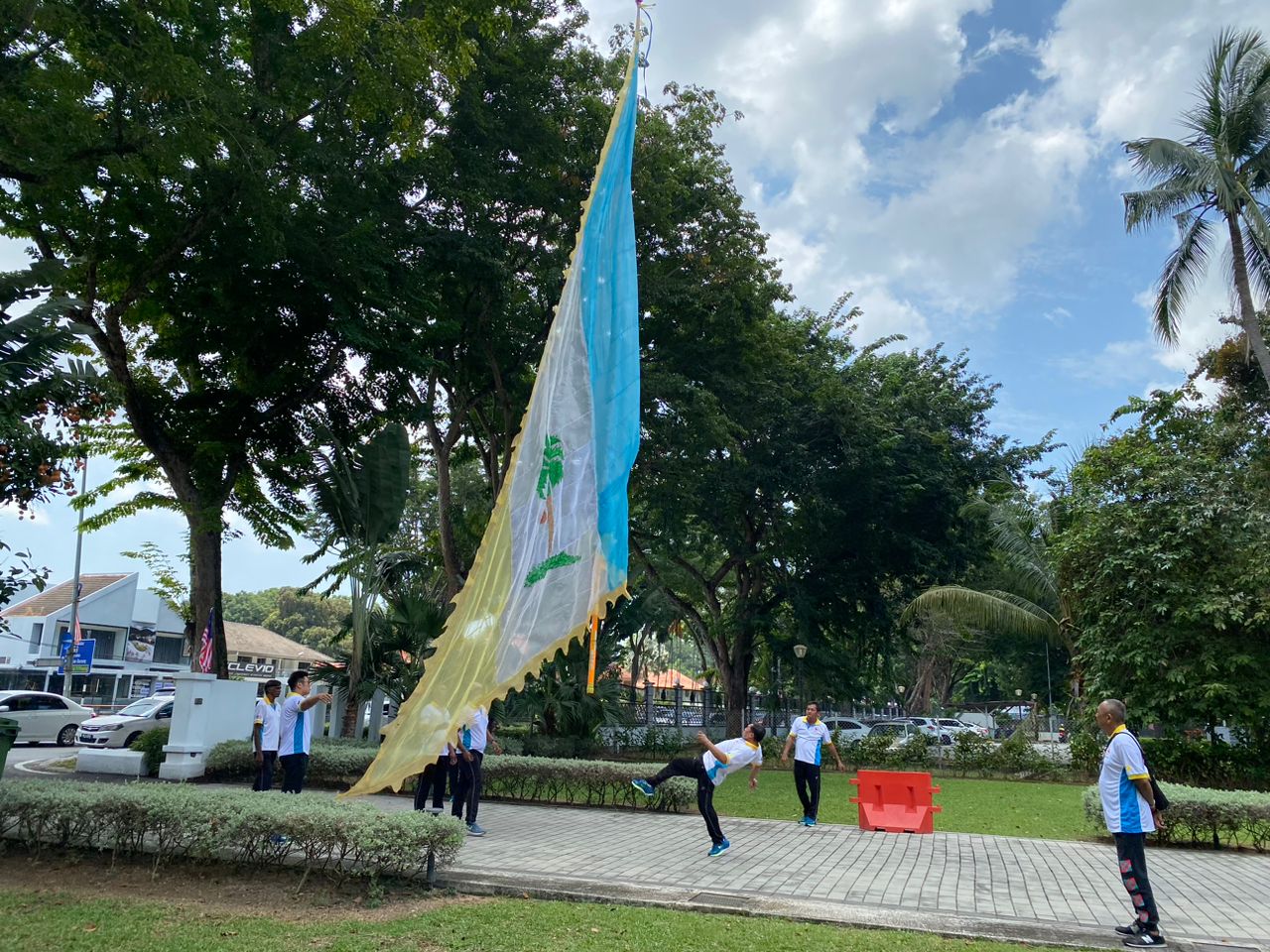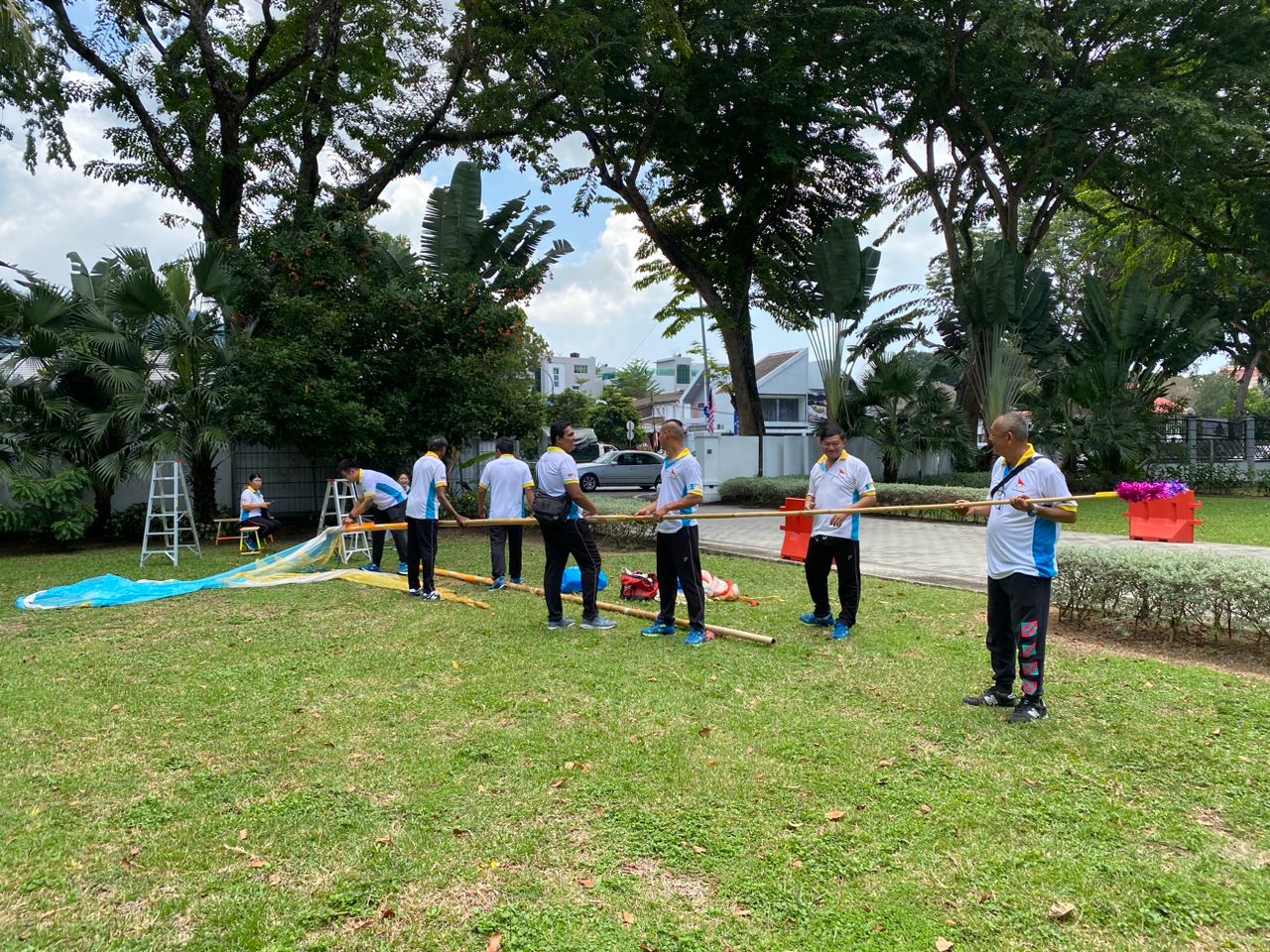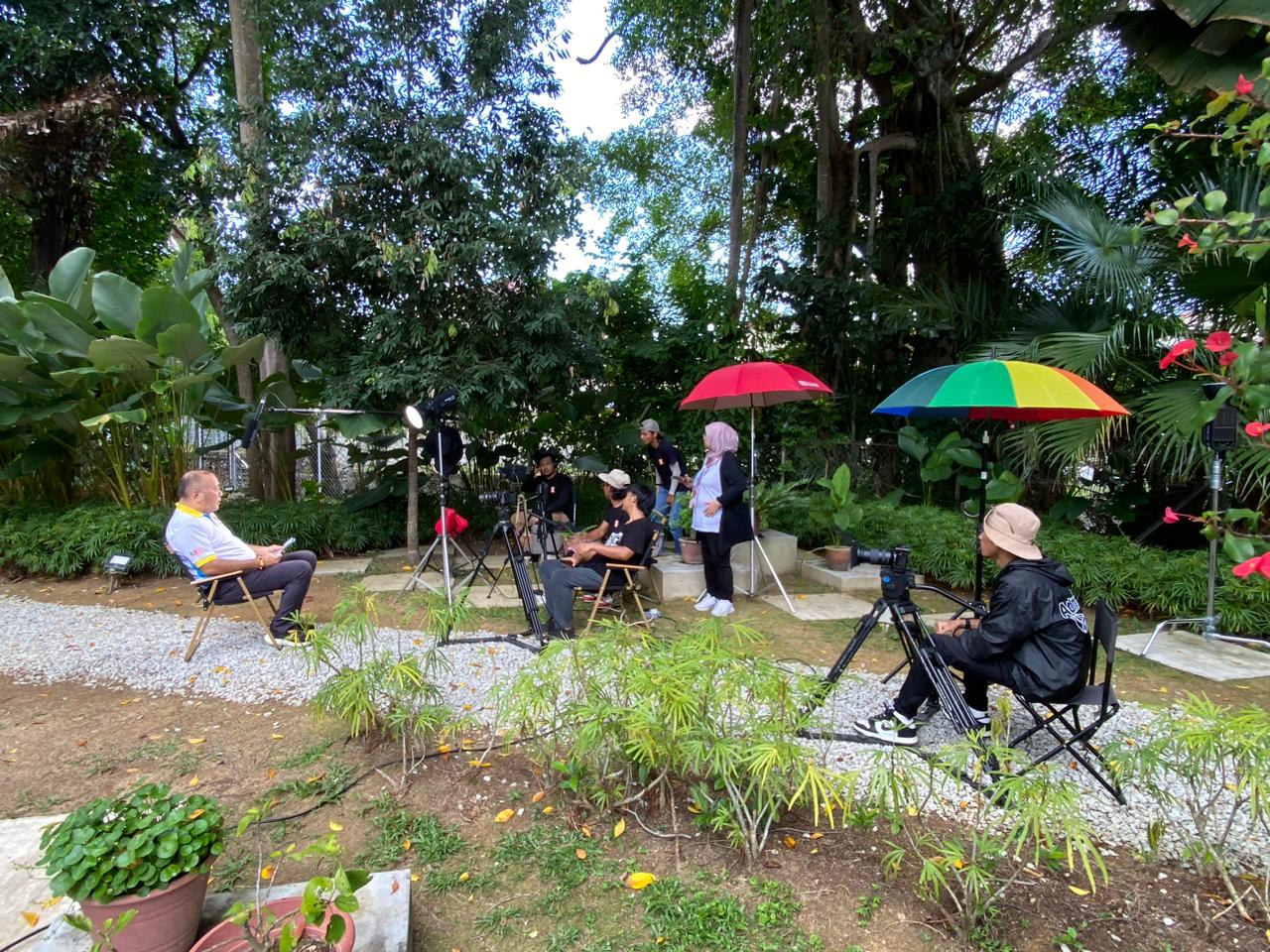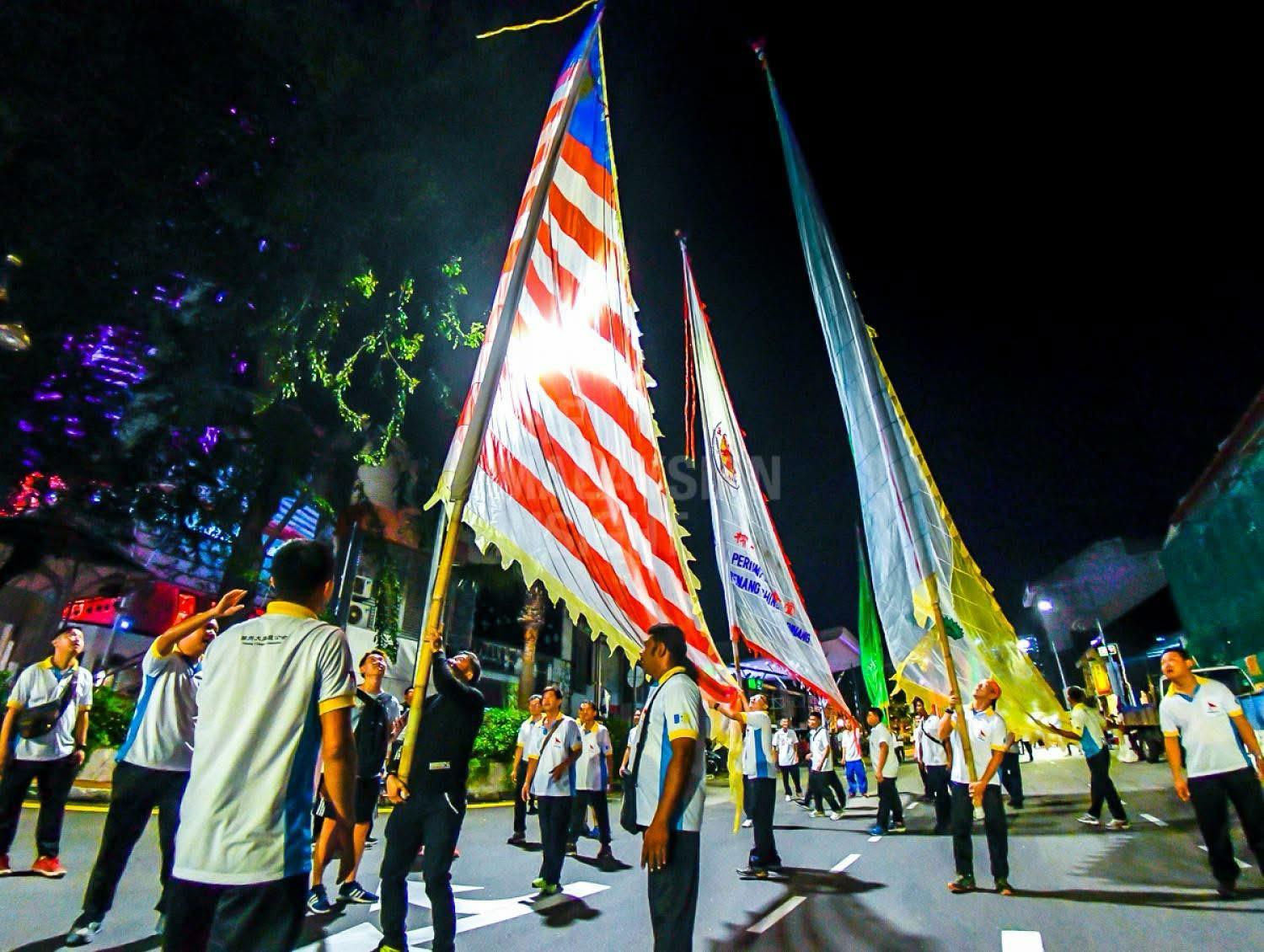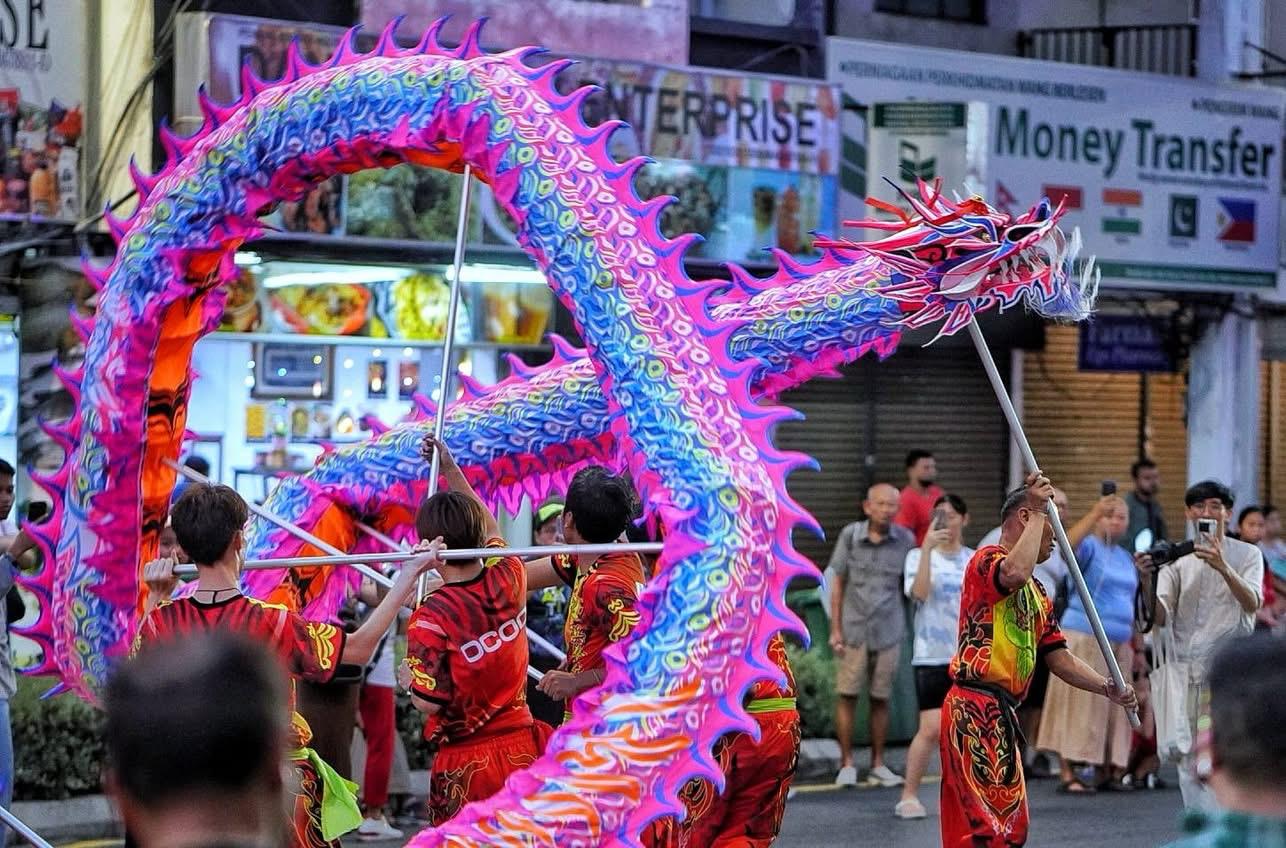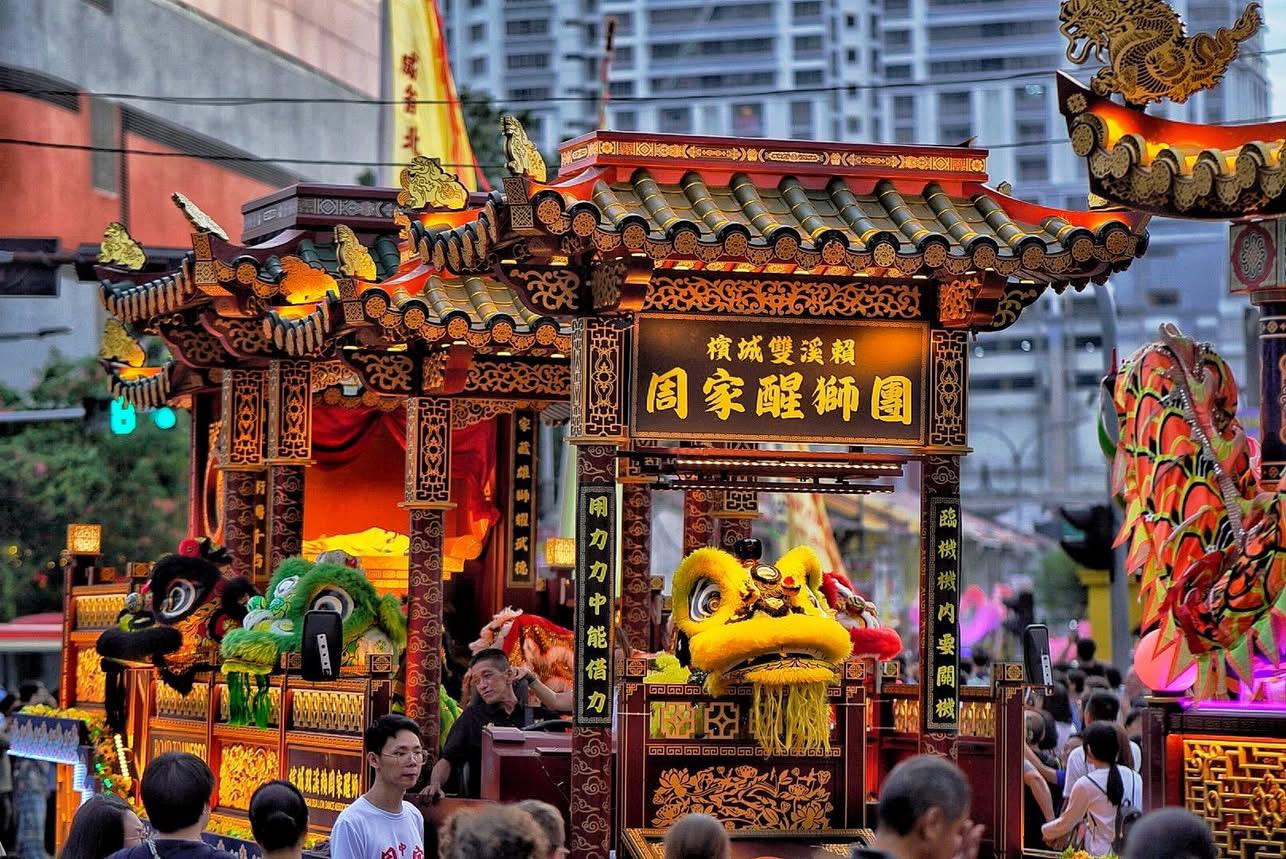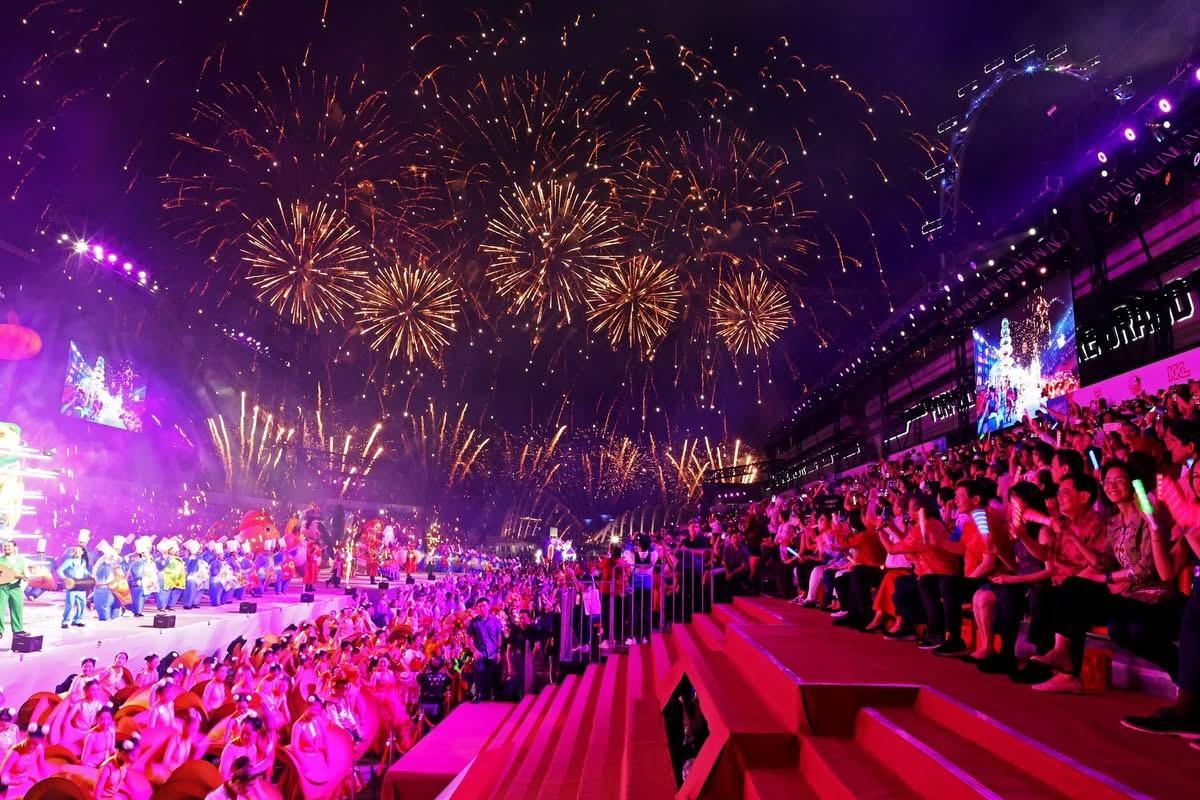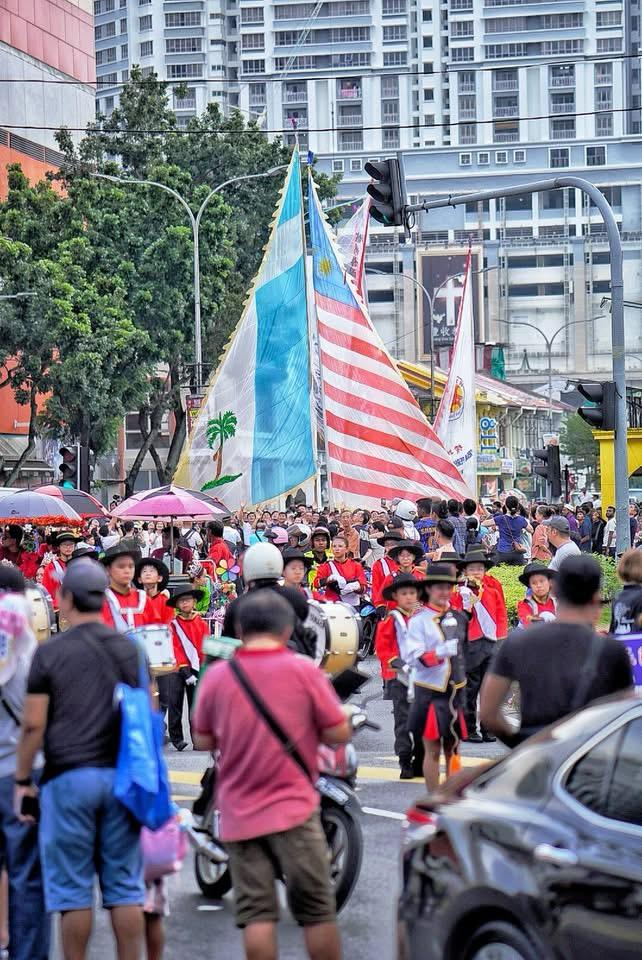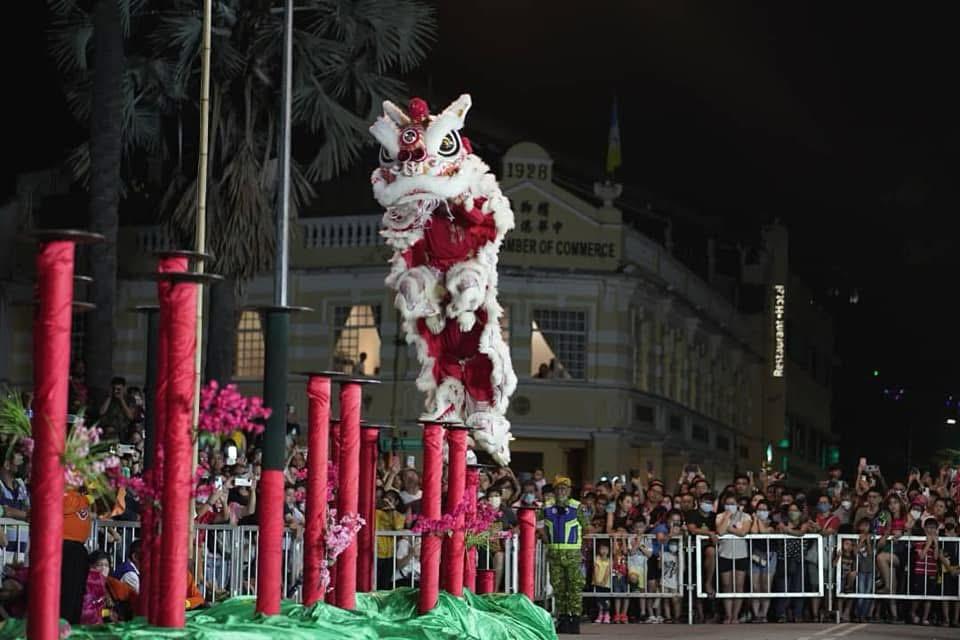ARTS AND CULTURE INFORMATION GATEWAY
Immerse yourself in the colorful world of art and culture! From traditional heritage to contemporary works, discover uniqueness that reflects the nation's identity and identity
CHINGAY
Picture
15
Video
Available
Today's Visitor
115
Number of Visitors
2591
Introduction and history
The Chingay Parade is a form of street performance art that falls under the category of traditional games and cultural expression within the Chinese community, particularly among the Hokkien in Penang. The term “Chingay” originates from the local Hokkien dialect and holds two main interpretations: "chin-gē" (真藝), meaning “true art,” and "chng-gē" (妝藝), referring to “costumed performance” or “artistic parade.” The parade showcases a vibrant fusion of cultural elements such as giant flag balancing, lion and dragon dances, acrobatic acts, junglee (street drama), Chinese opera, and marching bands, making it one of the most festive, unique, and identity-rich expressions of folk performance.
The Chingay Parade is more than just a cultural performance—it also embodies deep spiritual, social, and national values. It began as a form of devotional tribute to the deities in traditional Chinese belief systems, particularly among the Hokkien community in Penang. Celebrated annually in conjunction with the birthdays of Chinese deities—including Goddess Kwan Yin (the Goddess of Mercy)—the parade is a powerful expression of gratitude, hope, and spiritual protection for the well-being of the community.
Beyond its religious function, Chingay also serves as a vital tool for preserving the cultural heritage and ethnic identity of the Chinese community, passed down through generations for over a century. The signature act of balancing a 40-foot-high Chingay flag, along with lion and dragon dances and acrobatic performances, demonstrates not only physical skill and endurance but also a deep sense of artistic discipline. This unique performance art represents a form of street theatre rooted in tradition yet enriched with modern elements to convey cultural narratives across generations.
With time, Chingay’s meaning and role have expanded. It has become a platform for social integration and interethnic unity. In Penang, the parade is no longer exclusive to the Chinese community—it now includes the participation of Malay and Indian communities as well, making Chingay a symbol of multicultural solidarity in Malaysia. The spirit of harmony reflected through multiracial involvement further strengthens Chingay’s role as a cultural bridge that unites diverse communities.
Chingay’s important role in shaping national cultural identity was formally recognized when it was designated as Malaysia’s National Cultural Heritage in 2012 by the Department of National Heritage. By 2025, Chingay will mark 106 years of history in Penang, making it one of the longest-standing cultural traditions that continue to thrive amidst modernization.
As a dynamic heritage, Chingay is not only viewed through a traditional lens but also as a vehicle for cultural diplomacy, tourism promotion, and community empowerment. Its evolving function now goes beyond religious ritual—it stands as a manifestation of inclusive artistry that reflects Malaysia’s multicultural identity, united in diversity.
Traditionally, male participants in the Chingay parade wear white shirts and red trousers—two colors symbolizing purity and courageous spirit. In Chinese culture, red is also believed to bring good fortune and ward off negativity. To complete the look, participants often tie a red cloth around their heads, further emphasizing their bravery and inner strength, especially in managing the giant Chingay flag, which demands both physical power and exceptional balance.
In the modern era, Chingay costumes have evolved, adapting to changing times and enhanced visual appeal. Today, participants’ outfits feature brighter colors, modern tailoring, and more polished finishes, creating a more striking visual impact for the audience. Nevertheless, red and white remain dominant colors in many groups as a nod to the original values of the Chingay tradition. Some groups also wear themed or logo-based costumes, representing their organizations or local communities—making each parade not only a cultural performance but also a platform for expressing local identity.
Behind the vibrant beauty and festive atmosphere of the Chingay Parade lies an array of essential tools and materials—each playing a vital role in ensuring the smooth execution and cultural richness of the celebration.
Giant Flags
The giant flag is the main icon of Chingay, towering up to 40 feet in height. These flags are typically colorful and adorned with traditional motifs, Chinese calligraphy, and symbols representing courage, harmony, and spiritual strength. Balancing these massive flags is a specialized skill mastered only by trained Chingay performers.
The climax of the Chingay parade is the awe-inspiring act of balancing the giant flag, which can range in height from 25 to 32 feet (7.6 to 9.8 meters) and weighs approximately 27 kilograms. The main performer showcases their skill by balancing the flagpole using various parts of the body, including the forehead, shoulders, feet, and even the mouth.
In addition to the flag-balancing act, the Chingay parade also features a vibrant mix of traditional and modern performance arts, such as:
Lion and Dragon Dances
Acrobatic and Junglee Performances
Chinese Opera Shows
Martial Arts Demonstrations
Traditional Music accompanying the entire parade
These groups march along a designated route, pausing at specific spots to showcase their talents and creativity to spectators lining the streets. The parade is further enlivened by decorative floats, colorful fireworks displays, and dramatic lighting effects, making the atmosphere even more festive, especially during nighttime celebrations.
-
Reference Source
Bahan Bacaan
Henry, C. R. J. (2021). The Modern Variation of the Kapitan System: A Case Study of the Johor Bahru Old Chinese Temple's Annual Chingay Parade. Min Su Qu Yi, (212), 1-42.
Goh, D. (2009). Chinese religion and the challenge of modernity in Malaysia and Singapore: Syncretism, hybridisation and transfiguration. Asian Journal of Social Science, 37(1), 107-137.
Beng, T. S. (2009). Peranakan street culture in Penang: Towards revitalization. Journal of the Malaysian Branch of the Royal Asiatic Society, 157-166.
Beng, T. S. (2019). Breathing new life into'potehi'glove puppets in Penang, Malaysia: Advocating a community-engaged approach. Journal of the Oriental Society of Australia, 51, 84-102.
Ning, H., & Chye, H. K. (2024). The Malaysian International Guan Gong Cultural Festival: Reconnection and recommunalisation between China and Malaysia. Indonesia and the Malay World, 52(154), 287-316.
Maidens’Festival, S., Sen, S. Y., Vaughan, J. D., Jie, Z. Y., Jie, Q. M., Hock, J. C. K., ... & Day, C. Chingay in Malaya.
Location
State JKKN Contact Information
Zurairi bin Hanip
Cultural Officer
Jabatan Kebudayaan dan Kesenian Negara, Pulau Pinang
Kompleks Pustaka Warisan Seni,
Lot No. 2180 Lintang P. Ramlee,
Off Jalan P.Ramlee
10460 PULAU PINANG
04-281 7791 /7792
Use the form below to contact the Informant/Figure/Editor/Researcher directly. We will respond to your inquiry as soon as possible!

 No.1 Jalan Selendang, Daerah Timur Laut, 11600 Pulau Pinang
No.1 Jalan Selendang, Daerah Timur Laut, 11600 Pulau Pinang
